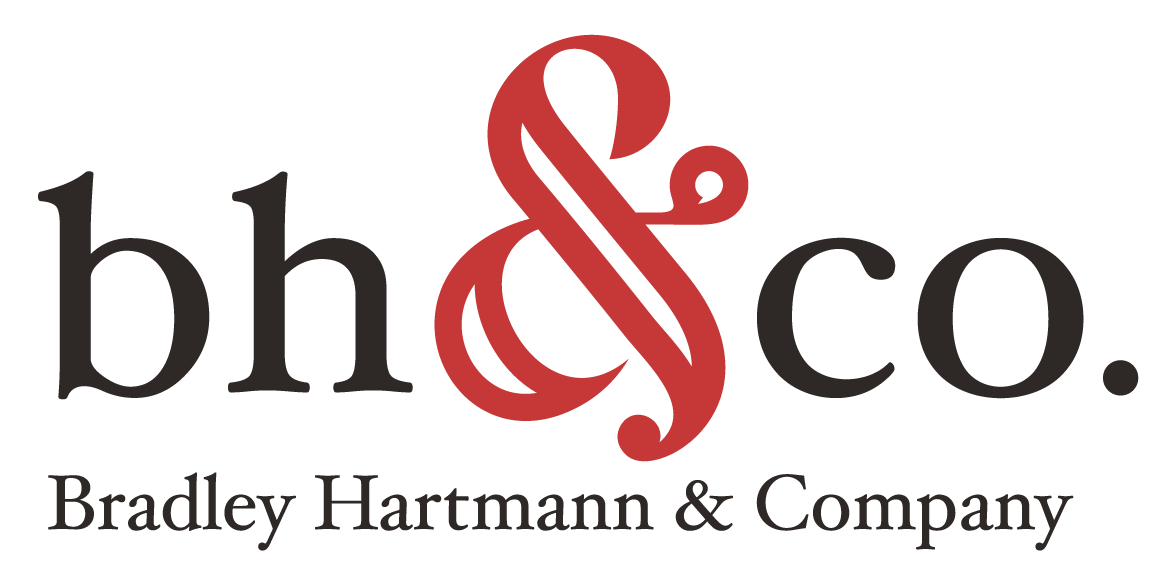Making the Switching Costs Clear
Make the Switching Costs Clear
In 1868, Christopher Sholes designed the first commercially successful typewriter and with it, the “QWERTY” keyboard. This keyboard layout—still used today, literally as I type—is aptly named, coming from the first six letters in the top row.
Sholes had one goal in mind as he designed his keyboard: hinder productivity. He deliberately designed the keyboard to slow down his customers.
Why would he do this?
To ensure his typewriters worked. If the keyboard enabled fast fingers, the type bars would collide in their angled race to the paper. But type bars are long gone. Why are we still using QWERTY?
Switching costs.
The 150-year-old QWERTY continues to be the standard because it’s already in place. Switching to an alternative requires too much effort.
Sound familiar? The reason your prospect isn’t switching now—from QWERTY or his current "they're okay" lumber supplier—are the high costs involved. Here is how you can overcome switching costs. It’s simple, but not easy. That’s why most don’t do it.
Clearly articulate—and then overcome—the switching costs.
I really liked this one millwork salesman. He was knowledgeable, creative, and fun to be around. I wanted to help him, but the savings weren’t eye-catching and I had a dozen other priorities. I couldn’t drop what I was doing to install him in my lineup.
“What if I do all the work?” he proposed. “What part of the process eats up the majority of your time? Tell me, specifically.”
“Three things,” I said. “One: Updating and triple checking the new unit pricing and quantities on every contract in every community. Two: babysitting the insurance compliance process and Three: making sure your inside support team doesn’t drive my team crazy as you learn how to do business our way.”
“No problem,” he said, and abruptly walked out of my office. Returning 30 minutes later, he said, “I spoke with your Purchasing admin team. They will allow my assistant, Michelle, to camp at that empty desk over there for the next month. She’ll work quietly and diligently on your three things.”
I stared at him.
“She won’t bother you and will buy lunch next Monday. When we accomplish all three conditions and her work passes your inspection, will we be awarded the work?”
Simple enough, right? Well, do you know exactly what steps are required for your builder prospect to replace Lonnie's Lumber and slide you in?
In 1930, more than 60 years after the introduction of Sholes' productivity-crippling design, a chap named August Dvorak resolved to eliminate the QWERTY quandary.
He righted the QWERTY wrongs. For example, QWERTY hands travel an estimated sixteen miles each day. Dvorak hands span a little more than one.
So why aren’t we all using Dvorak keyboards, nonchalantly banging out 125 words per minute? A better solution is just the start. You need to eliminate switching costs also.
As Ralph Waldo Emerson said, “Build a better mousetrap—one with very low switching costs—and the world will beat a path to your door.”
Thanks for reading
bh

